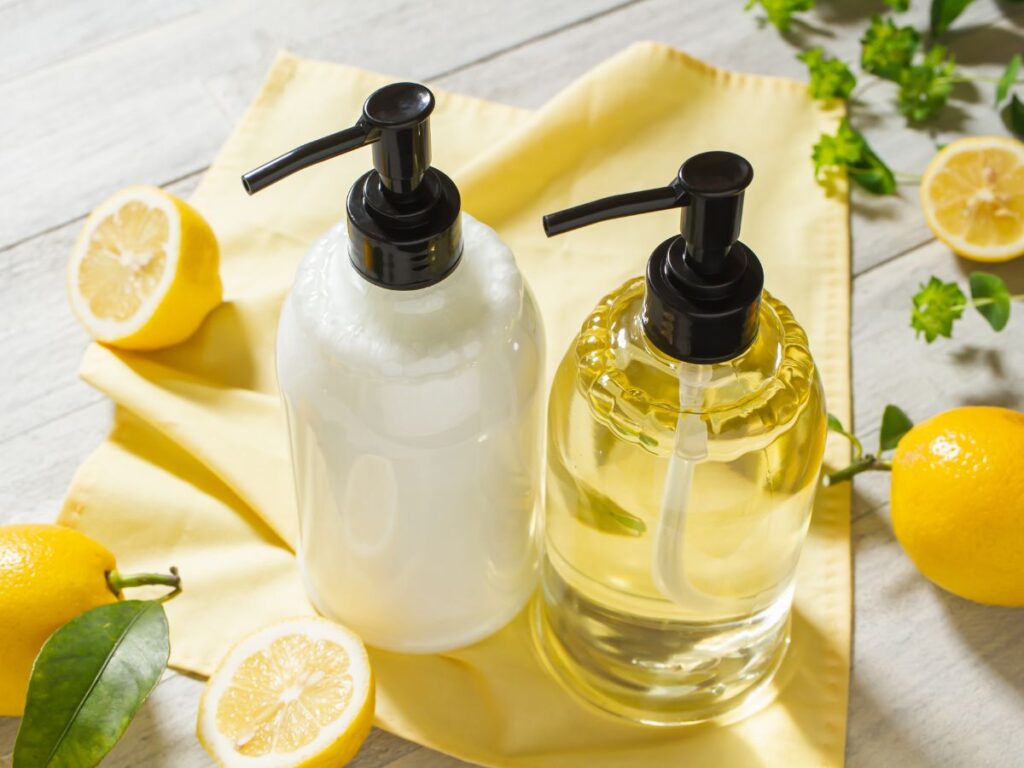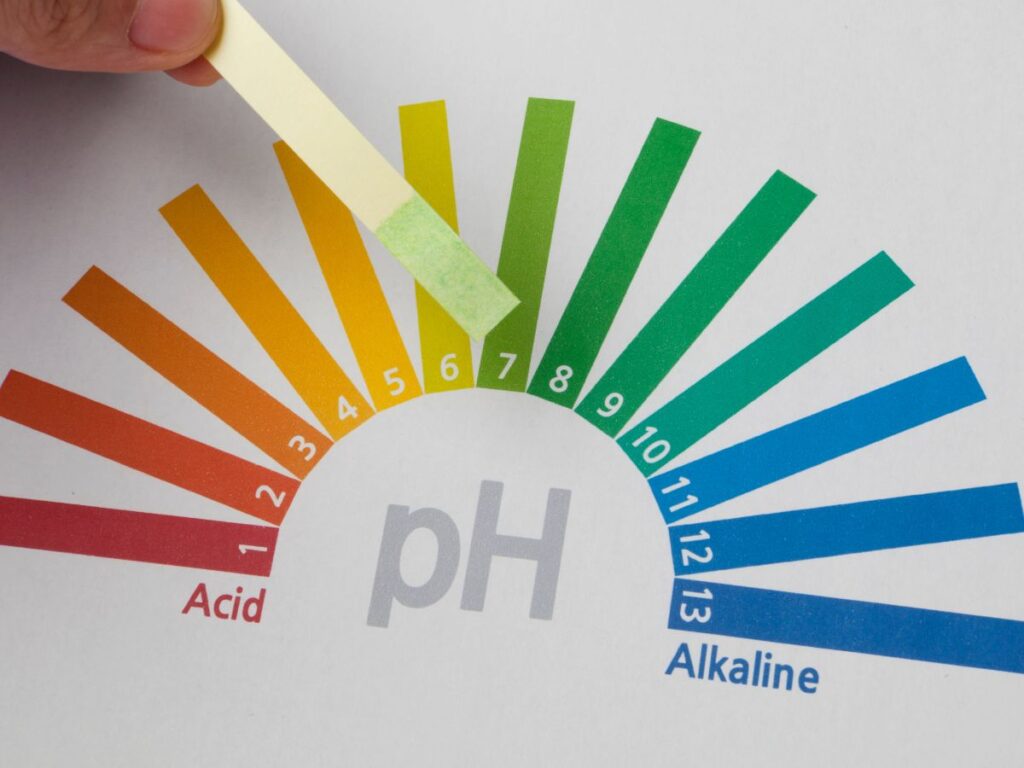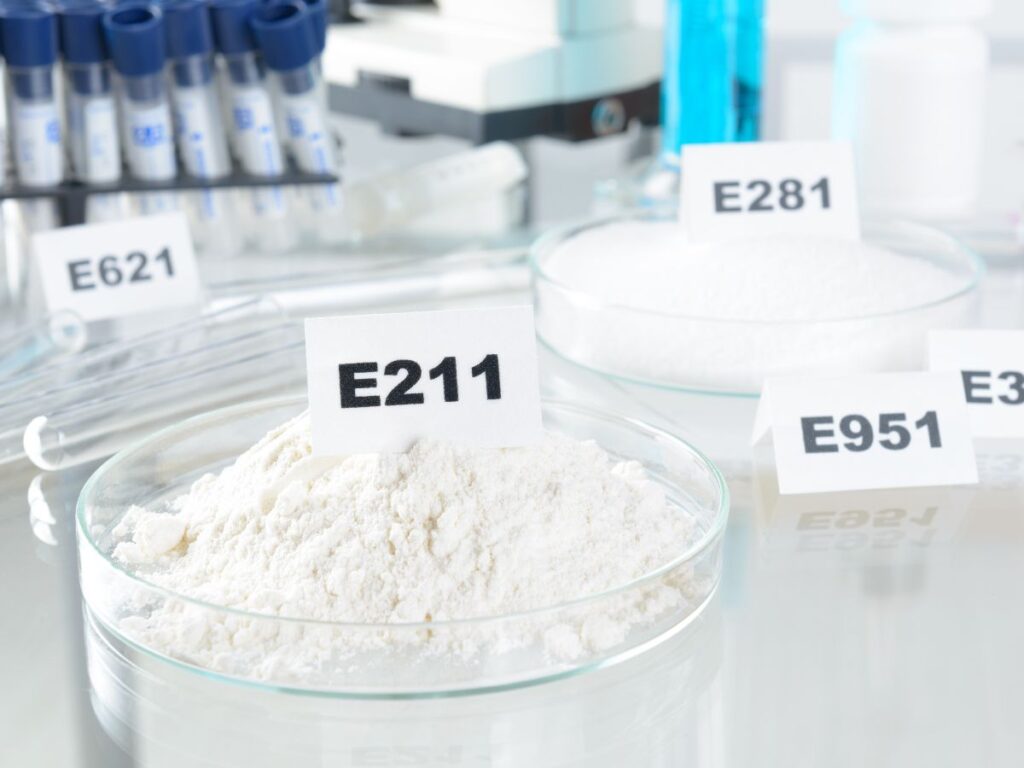How Shampoo is Made: A Step-by-Step Guide

Author: Tommy Tang | Founder at Ridgepole
Hi, I'm Tommy Tang, here to share my expertise in skincare with you.
Table of Contents
What makes a good shampoo? I used to think it was all about scent and foam. But after years in the industry, I realized the real secret is in how it’s made.
If you work with shampoo—whether you sell it, distribute it, or want to launch your own brand—this guide is for you.
I’ll take you step by step through the production process, from sourcing ingredients to bottling the final product. You’ll see what goes into creating a high-quality shampoo that meets industry standards.
By the end, you’ll have a solid understanding of how shampoo is made—and why that knowledge matters.
So let’s get started!
Step #1: Preparing Raw Materials
A skincare brand owner once shared a launch disaster with me. Their shampoo looked great in the lab, but once it hit store shelves, customers started complaining—separation, irritation, and a strange smell. The problem? One of their suppliers delivered low-quality raw materials that didn’t meet the right standards.
If you’re selling or manufacturing shampoo, the quality of your raw materials can make or break your product. Poor ingredients lead to unstable formulas, unpleasant textures, and even customer complaints. That’s why this first step—choosing and testing ingredients—is so important.
Sourcing and Quality Control
Your shampoo’s performance depends on where its ingredients come from. Manufacturers work with trusted suppliers to source surfactants, conditioning agents, thickeners, and preservatives. Every ingredient must meet strict safety and quality standards before it’s used in production.
- Suppliers provide documents showing purity, origin, and test results to confirm ingredient quality.
- If an ingredient doesn’t meet the required standards, it’s rejected.
- Many brands also choose organic or eco-friendly options to match consumer demand.
Testing for Consistency and Safety
Before production begins, raw materials go through a series of tests. Color, scent, and texture must match the formula’s requirements. If something is off, the batch is either adjusted or sent back.
- Chemical tests check for pH balance, contaminants, and purity to prevent irritation or formula failure.
- Microbial testing helps prevent bacteria or mold from growing over time.
By taking these steps, manufacturers create shampoos that are safe, stable, and ready for the market.

Step #2: Mixing and Blending
I once met a manufacturer who lost an entire shampoo batch because of a simple mistake—uneven mixing. The formula looked fine at first, but once bottled, some had the perfect consistency while others were watery and useless. Thousands of units had to be scrapped. That’s how important this step is.
Once the raw materials pass quality checks, they move to mixing and blending. This is where shampoo takes shape. The right ingredients must be combined in the right order, at the right temperature, and at the right speed. If something is off, the shampoo can separate, feel strange, or fail to clean properly.
Precision here isn’t just about getting a smooth mixture—it saves time, money, and your reputation.
How Ingredients Are Combined
Think of this step like baking. You wouldn’t just throw all the ingredients into a bowl and hope for the best. There’s a process, and every detail matters.
- Water is usually the base, making up most of the shampoo.
- Surfactants (cleansing agents) are blended in carefully to create that rich, foamy lather.
- Conditioning agents and thickeners come next to give the shampoo its texture and added hair benefits.
The goal is to create a uniform mixture—everything must blend evenly without separating.
Temperature and Mixing Speed Matter
Have you ever tried mixing oil and water? Some shampoo ingredients act the same way. That’s why temperature and mixing speed are carefully controlled.
- Some ingredients need heat to dissolve properly.
- Others must be mixed slowly to prevent air bubbles and foam buildup.
- The entire process follows a strict timeline to keep ingredients from breaking down.
Get this step wrong, and the entire batch could be ruined. But when done right, you get a shampoo that looks, feels, and works exactly as it should.
Temperature and Mixing Speed Matter
Have you ever noticed how oil and water don’t mix? Some shampoo ingredients act the same way. This is why temperature control is so important.
- Some ingredients must be heated to dissolve properly.
- Others need slow mixing to prevent air bubbles or foam buildup.
- The entire process follows a strict timeline to avoid ingredient degradation.
If these factors aren’t carefully controlled, the final product won’t be stable.
Step #3: Adjusting pH and Viscosity
Have you ever used a shampoo that left your scalp feeling tight or made your hair feel heavy and dull? That’s likely a problem with pH or viscosity.
Shampoo isn’t just about cleaning—it needs to be gentle on the scalp and easy to use. If the pH is too high, it can strip away moisture, leaving hair dry. If it’s too low, it might not cleanse effectively. Viscosity matters too. A shampoo that’s too thick won’t spread well, while one that’s too thin runs right through your fingers before you can apply it.
Getting these factors right makes all the difference in how a shampoo feels and performs.
Why pH Balance Matters
pH measures how acidic or alkaline something is. Your scalp naturally has a pH of around 5.5, and shampoo should work with—not against—it. When the balance is off, it can lead to irritation, dryness, or even damage.
- Acidic shampoos (low pH) help smooth the hair cuticle, reducing frizz and keeping strands soft.
- Alkaline shampoos (high pH) open the cuticle, which can make hair feel rough and more prone to damage.
- Most shampoos are adjusted to a pH between 4.5 and 6.5 for the right balance.
To keep shampoo within this ideal range, manufacturers add pH adjusters like citric acid or sodium hydroxide.
Controlling Thickness (Viscosity)
Ever squeezed shampoo into your hand only to watch it slip away before you could apply it? Or struggled with a formula so thick it barely spread? That’s a viscosity issue.
- Thickeners like hydroxyethyl cellulose or xanthan gum are added to improve texture.
- Some formulas use salt (sodium chloride) as a natural thickener.
- The goal is to create a consistency that’s smooth, easy to pour, and spreads evenly on hair.
When pH and viscosity are adjusted correctly, the shampoo not only works better but also creates a better experience for customers. If you’re selling or creating shampoo, this step is key to making sure your product feels right in the hands—and on the hair—of your customers.

Step #4: Adding Fragrance, Color, and Preservatives
Once the shampoo is blended and balanced, manufacturers add finishing ingredients to enhance scent, appearance, and shelf life.
How Fragrance and Color Are Added
Fragrance makes shampoo more appealing to consumers. It can be natural (from essential oils) or synthetic. The key is to ensure:
- The scent lasts through storage without fading.
- It doesn’t overpower the user’s senses.
- It’s safe for skin and follows allergen guidelines.
Color is added last to prevent interference with the formulation. Some brands use natural plant extracts, while others opt for synthetic dyes.
Preservatives Keep Shampoo Safe
Have you ever wondered why shampoo lasts for months without spoiling? That’s because of preservatives. Since shampoo contains water, it’s at risk for bacteria, mold, and yeast growth.
- Parabens, phenoxyethanol, and sodium benzoate are common preservatives.
- Natural brands may use plant-based alternatives like potassium sorbate.
- Without preservatives, shampoo would spoil within weeks.

Step #5: Quality Control and Testing
Before shampoo can be bottled and sold, it must pass several tests. This step prevents product defects and ensures consistency. Each batch is checked for pH balance, stability, and microbial safety to make sure it looks, feels, and performs as expected.
A failed test means a formula goes back for adjustments—because no one wants a shampoo that separates, irritates, or disappoints.
Performance and Stability Testing
Manufacturers test shampoo under different conditions to see how it holds up over time.
- Temperature tests check if shampoo separates when stored in heat or cold.
- Foam tests measure how well it lathers.
- Stability tests check color, texture, and scent over months.
Microbial and Safety Testing
Every batch is tested for bacteria, yeast, and mold before approval. This ensures safe use for consumers.
- Microbial tests detect contamination.
- Patch tests assess irritation risks.
- If a batch fails, it’s adjusted or discarded.
This step ensures every bottle meets industry standards before reaching customers.

Step #6: Selecting the Right Packaging
Have you ever picked up a shampoo bottle and found it leaking, hard to open, or impossible to get the last bit of product out? Packaging isn’t just about looks—it affects everything from product stability to customer experience. If you’re selling shampoo, whether in a store or online, the right packaging can make a big difference.
Types of Shampoo Packaging
The material you choose impacts durability, sustainability, and how well your shampoo holds up over time. Here’s what to consider:
- Plastic Bottles – Lightweight and cost-effective, but not all plastics are the same. Some can react with ingredients, affecting the formula. Many brands now opt for recycled or biodegradable plastics to reduce waste.
- Glass Bottles – Premium and eco-friendly, but heavier and more fragile. Best suited for high-end shampoos or concentrated formulas.
- Aluminum Bottles – Durable, fully recyclable, and great for protecting formulas from light and air. Often used by brands focused on sustainability.
- Refillable Pouches – Growing in popularity, these reduce plastic waste and appeal to eco-conscious consumers.
It’s not just about what the bottle is made of—how customers use it matters, too.
- Squeeze Bottles – Easy to use and common for everyday shampoos.
- Pump Dispensers – Convenient for large bottles, but may struggle with thicker formulas.
- Flip Caps vs. Screw Caps – Flip caps allow for quick use, while screw caps provide better security during shipping.
Step #7: Labeling and Compliance
A great formula isn’t enough—if a shampoo’s label is incorrect, it can’t be sold. Missing details or misleading claims can lead to recalls or fines.
Before hitting the shelves, shampoo needs proper labeling and legal compliance. Ingredients, usage instructions, and safety warnings must be clear and accurate. Manufacturers also ensure the product meets local and international regulations before it reaches consumers.
What Goes on a Shampoo Label?
Labels must include:
- Ingredients list (in descending order of concentration).
- Usage instructions (how often to use, best results).
- Warnings (allergens, safety precautions).
Meeting Industry Regulations
Regulatory bodies like the FDA (U.S.), EU Cosmetics Regulation, and ISO standards set rules for:
- Ingredient restrictions (banned chemicals).
- Safety claims (must be backed by research).
- Testing requirements (to prove shampoo is safe).
Failure to comply can result in recalls, fines, or legal action.
Step #8: Final Quality Check
Before a shampoo batch is ready for distribution, it must pass a final quality inspection. This step catches any issues before the product reaches customers. Even a small mistake can lead to complaints, refunds, or damage to a brand’s reputation.
Microbial Safety Check
Bacteria and fungi can ruin a product. Even worse, they can cause skin irritation or infections. Each batch is tested in a lab to make sure no harmful microbes are present. If any contamination is found, the batch is discarded or reprocessed.
pH & Viscosity Test
Every bottle should have the same texture and feel. If the pH is too high or low, it can irritate the scalp. If the viscosity is off, the shampoo might be too runny or too thick. Technicians test random samples to confirm consistency. If the formula doesn’t match the standard, adjustments are made.
Fragrance & Color Consistency
Customers expect the same scent and color every time they buy a shampoo. Even a slight difference can raise concerns. Lab experts compare the fragrance and color to the approved formula. If there’s a mismatch, the batch is held back for review.
Leak & Packaging Inspection
Leaks can ruin packaging and cause messy shipments. Before the bottles leave the factory, they go through a sealing and labeling check. Any defects—loose caps, missing labels, or dented packaging—are flagged and fixed.
Random Sample Testing
To catch any last-minute issues, bottles are pulled from the production line for extra testing. This step confirms that every part of the shampoo meets quality standards.
Only batches that pass every test move to the next step: shipping and distribution. This process helps keep products safe, consistent, and ready for store shelves.
Conclusion
Shampoo is more than just a cleansing product—it’s created through careful formulation, testing, and production. Every stage, from sourcing ingredients to packaging, shapes the final product’s quality and performance.
If you’re looking for a reliable manufacturer for your brand, now is the time to make informed decisions. A well-executed process maintains consistency, safety, and customer satisfaction.
What’s one thing you’d improve about your current shampoo product? Let’s make it better. Contact us today to find the right manufacturing solution for your business.
Discover More Options
Need more ideas? Browse through our extended range of products and discover something new:
Still haven’t found what you’re looking for? Don’t hesitate to contact us. We’re available around the clock to assist you.
Quick Quote
Own Your Private Label Cosmetic Line Is No Longer Difficult Here!





